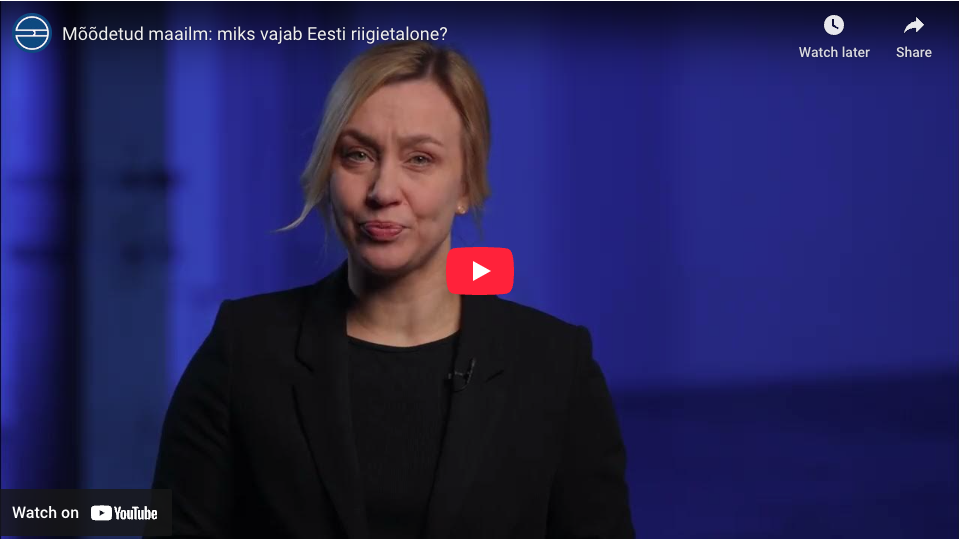The second episode of “Measured World” series sheds light on the role of national measurement standards in Estonia. We learn how measurement standards impact the daily life of every Estonian and ensure the accuracy of measurements at every level.
“We know that countries have flags, coats of arms, and national anthems. But did you know that countries also have their own national measurement standards? These help ensure the accuracy and reliability of measurements in our daily lives,” begins Mari Aru, Head of the Research and Development Division at Metrosert, in the second episode of the Metrosert video series “Measured World.”
This episode, dedicated to the 150th anniversary of the Metre Convention, focuses on the significance and role of national measurement standards in Estonia. Through national measurement standards, the traceability of measurement results to the definition of measurement units is guaranteed. The goal is for measurement results affecting people’s lives in Estonia to be linked to the most accurate realization of measurement units in the world.
“For example, when you weigh a cucumber on a properly verified scale in a store, the reading is linked, through an unbroken chain, to the most accurate measurements in the world,” explains Mari Aru. “To achieve this, Estonia’s national measurement standards are regularly calibrated in international laboratories, such as those in Germany or France, and participate in international comparison measurements. Metrosert, as the central institution of metrology, ensures that measurements made in Estonia are comparable to those in other countries. This guarantees reliability in science, as well as in everyday life—whether it’s manufacturing, healthcare, or even shopping at the market.”
National measurement standards are the foundation of precise measuring in every country. In Estonia, Metrosert maintains measurement standards for mass, length, temperature, and electrical quantities. These were established by the order of the Minister of Economic Affairs and Infrastructure in 2019, under the decree “Approval of State and Reference Standards.” State standards are not just individual objects; they are a complex system consisting of devices, specialized laboratory conditions that meet certain standards, and expert knowledge.
In addition to maintaining existing state standards, Metrosert is working on advancing them toward higher precision and more modern measurement methodologies. This involves close international cooperation with other European metrology institutes. Efforts are also underway to develop new state standards in areas where Estonia currently lacks them, such as time and frequency, optical quantities, and electrical power.
Some of Estonia’s state standards are specific objects, such as a mass standard for weighing or a metal bar for length measurements. An interesting fact is that in Metrosert’s museum corner, Estonia’s first length standard from 1929 is still preserved. “SI units are now linked to fundamental constants that cannot be directly seen or touched. This is where specialized devices and their use come into play, enabling the realization of these units,” adds Aru.
The anniversary of the Metre Convention offers a great opportunity to raise awareness of the importance of metrology in both science and everyday life. The upcoming episodes of the “Measured World” series will provide a comprehensive overview of SI units, metrology’s various aspects, and future perspectives. The series features several experts who explain how accurate measurements contribute to our daily lives and to the broader development of the world.
